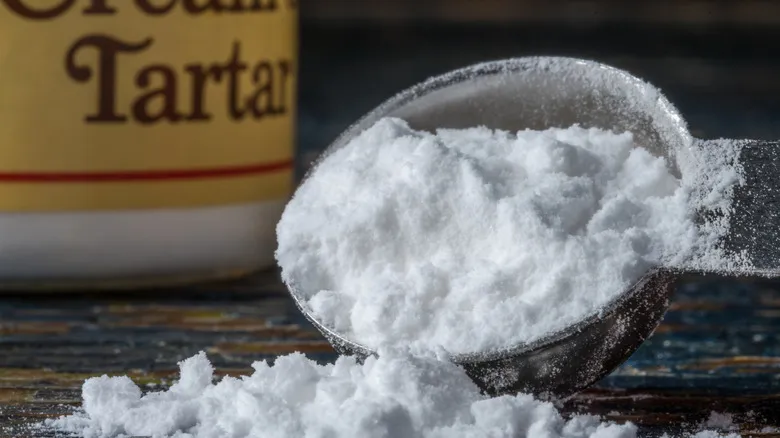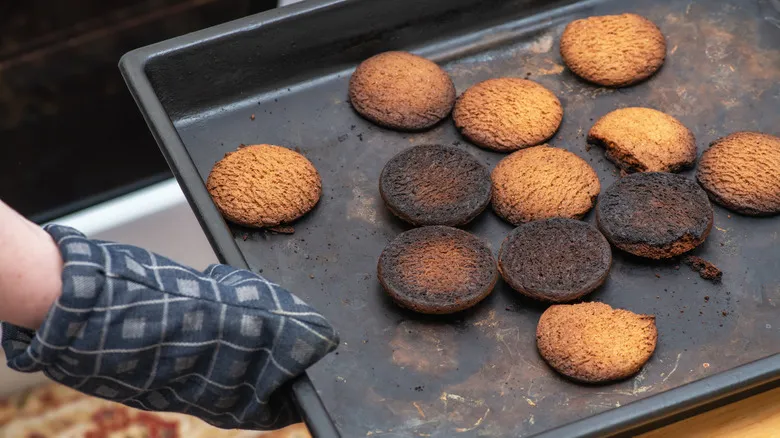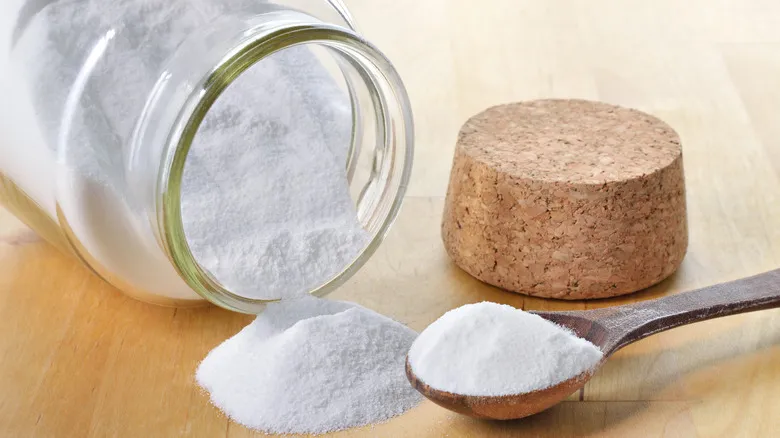To make baking powder, just combine baking soda and an acid

A liquid acid like white vinegar can be a quick substitute; however, it's best to avoid stronger flavors such as rice vinegar or balsamic vinegar, as they can disrupt the balance between dry and wet ingredients. The ideal acid for homemade baking powder is cream of tartar, which is available in powdered form and won't alter the texture of your baked goods. Interestingly, cream of tartar was utilized as far back as the 1840s to create an early version of baking powder, but it was too rare and costly for most consumers at that time. Nowadays, it is a common item found in most kitchens and can be easily purchased at any major grocery store.
In contrast, the acid found in most commercial baking powders, including the original formula by Horsford, is monosodium phosphate, produced through a reaction between calcium hydroxide and phosphoric acid. While you can order monosodium phosphate online, it is not as readily available as cream of tartar and tends to be more expensive.
Picking the right leavening agent

Replacing baking powder with baking soda is straightforward if you have cream of tartar available, but is it truly necessary? The answer depends on what you're baking, as different leavening agents have distinct roles. In general, you should only use plain baking soda if the recipe includes an acidic component like buttermilk, lemon juice, or cocoa powder. If there are no acidic ingredients present, plain baking soda won't work on its own, as there will be nothing to activate it. This is where a quick homemade baking powder can be quite useful.
Some recipes require both baking soda and baking powder, which may seem odd since they serve similar purposes, but it all comes down to flavor. When baking soda reacts with an acid, it neutralizes the acidic taste; thus, if you make buttermilk pancakes using only baking soda, you would miss out on the slight tanginess that buttermilk adds. Using a combination of leavening agents helps retain some of that tang. This is another reason why you can't simply substitute baking soda for baking powder on a one-to-one basis. If you're following a recipe that calls for both and only have sodium bicarbonate, just use a one-to-two ratio to create your own baking powder.
Recommended

Whip Baileys Into Store-Bought Icing For A Fluffy, Boozy Twist

The Butter Substitute To Crisp Up Your Cookies

Yes, It Matters What Color Your Baking Sheet Is

Top Your Next Burger With A Slice Of Cheese That's Also Perfect For Grilling
Next up

